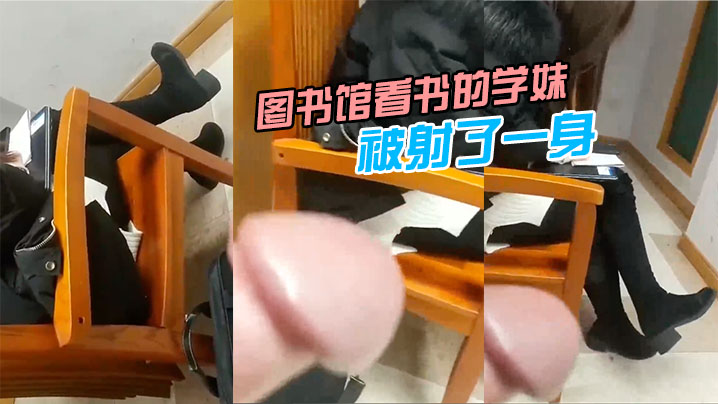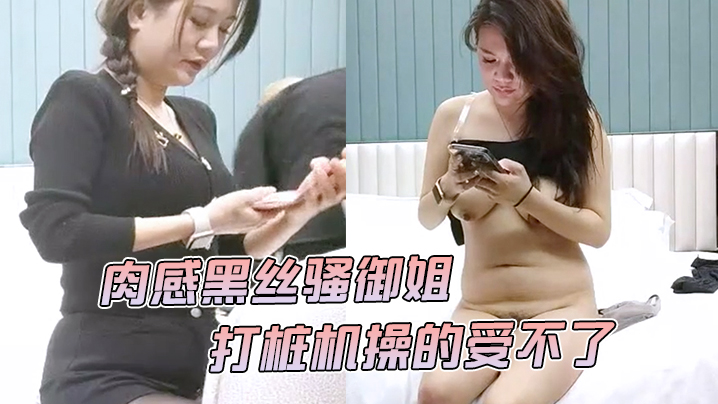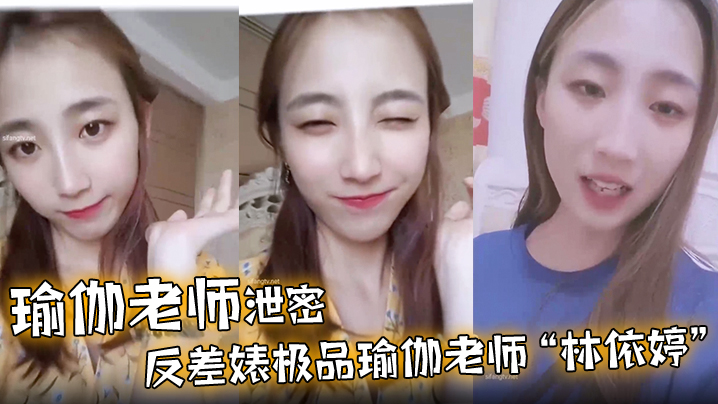桃色-AV
猜你喜欢
 今日播放:0次
今日播放:0次
视频网站
最新视频 - 2025-03-05
 今日播放:257次
今日播放:257次
国产欧美精品一区二区
最新视频 - 2024-12-10
 今日播放:874次
今日播放:874次
八戒电影网 - 高清高清免费观看
最新视频 - 2024-12-11
 今日播放:0次
今日播放:0次
国产亚洲日韩av在线播放 - 720高清完整版
最新视频 - 2025-03-05
 今日播放:91次
今日播放:91次
特级bbbbbbbbb视频
最新视频 - 2024-12-11
 今日播放:437次
今日播放:437次
亚洲视频导航,久久久久精品一区中文字幕,国产综合网,一区二区三区视频在线播放,日日夜夜操操操,一级毛片直接看,美女一级免费毛片
最新视频 - 2024-12-11
 今日播放:677次
今日播放:677次
91精品亚洲高清 - 国产剧全集免费观看
最新视频 - 2024-12-16
 今日播放:0次
今日播放:0次
91蜜桃传媒精品久久久一区二区 - 免费正片国语
最新视频 - 2025-03-05
 今日播放:155次
今日播放:155次
亚洲欧美日韩国产主播在线
最新视频 - 2024-12-06
 今日播放:380次
今日播放:380次
亚洲欧美一区二区三区 - BD韩国电影在线观看
最新视频 - 2025-03-22
 今日播放:996次
今日播放:996次
狠狠躁夜夜躁人人爽超碰97香蕉 - 1080免费观看最新
最新视频 - 2024-12-11
 今日播放:786次
今日播放:786次
日韩精品毛片人妻av不卡
最新视频 - 2025-04-04
 今日播放:646次
今日播放:646次
国产一级淫片视频免费看 - BD韩语神马在线观看
最新视频 - 2024-12-11
 今日播放:0次
今日播放:0次
桃色无码视频在线观看app - 4k电影在线看
最新视频 - 2025-03-05
 今日播放:614次
今日播放:614次
亚洲aⅴ精品一区二区三区不卡 - 国产剧手机在线看
最新视频 - 2024-12-10
 今日播放:698次
今日播放:698次
无码播放一区二区三区 - 720在线视频播放
最新视频 - 2025-01-13
 今日播放:0次
今日播放:0次
69精华国产精华精华液好用吗
最新视频 - 2025-03-05
 今日播放:0次
今日播放:0次
国产日韩欧美不卡在线二区 - 剧情片神马在线观看
最新视频 - 2025-03-05
 今日播放:0次
今日播放:0次
无码一区二区三区爆白浆 - 蓝光在线观看完整版
最新视频 - 2025-03-05
 今日播放:337次
今日播放:337次
最新韩剧 - 剧情片免费高清观看
最新视频 - 2024-12-11
 今日播放:760次
今日播放:760次
日韩精品中文无码一区
最新视频 - 2024-12-11
 今日播放:889次
今日播放:889次
五月天婷婷一区二区
最新视频 - 2024-12-11
 今日播放:0次
今日播放:0次
最新欧美精品一区二区三区 - 剧情片电视剧在线观看
最新视频 - 2025-03-05
 今日播放:397次
今日播放:397次
欧美成人精品第一区 - 最新国语全集在线
最新视频 - 2024-12-11